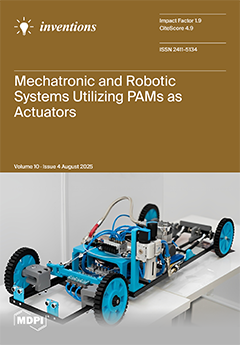Background/Objectives: Atrial fibrillation (AF) is a prevalent arrhythmia associated with a high risk of major adverse cardiovascular events (MACEs). This study aimed to compare the predictive ability of an ML model and the CHA
2DS
2-VASc score in predicting MACEs in
[...] Read more.
Background/Objectives: Atrial fibrillation (AF) is a prevalent arrhythmia associated with a high risk of major adverse cardiovascular events (MACEs). This study aimed to compare the predictive ability of an ML model and the CHA
2DS
2-VASc score in predicting MACEs in AF patients using machine learning (ML) techniques. Methods: A cohort of 40,297 individuals aged 65–95 from the Terres de l’Ebre region (Catalonia, Spain) and diagnosed with AF between 2015 and 2016 was analyzed. ML algorithms, particularly AdaBoost, were used to predict MACEs, and the performance of the models was evaluated through metrics such as recall, area under the ROC curve (AUC), and accuracy. Results: The AdaBoost model outperformed CHA
2DS
2-VASc, achieving an accuracy of 99.99%, precision of 0.9994, recall of 1, and an AUC of 99.99%, compared to CHA
2DS
2-VASc’s AUC of 81.71%. A statistically significant difference was found using DeLong’s test (
p = 0.0034) between the models, indicating the superior performance of the AdaBoost model in predicting MACEs. Conclusions: The AdaBoost model provides significantly better prediction of MACE in AF patients than the CHA
2DS
2-VASc score, demonstrating the potential of ML algorithms for personalized risk assessment and early detection in clinical settings. Further validation and computational resources are necessary to enable broader implementation.
Full article





